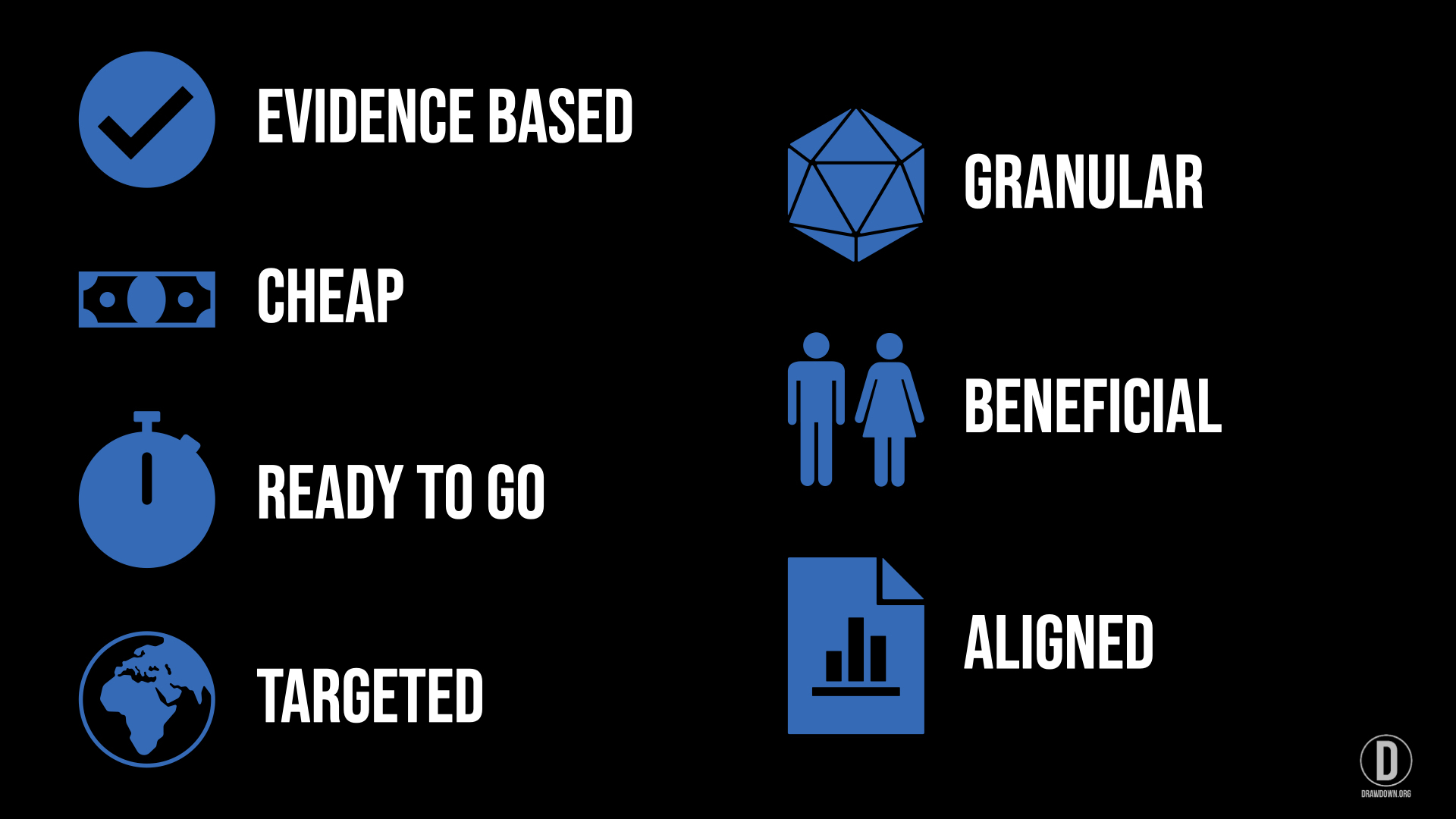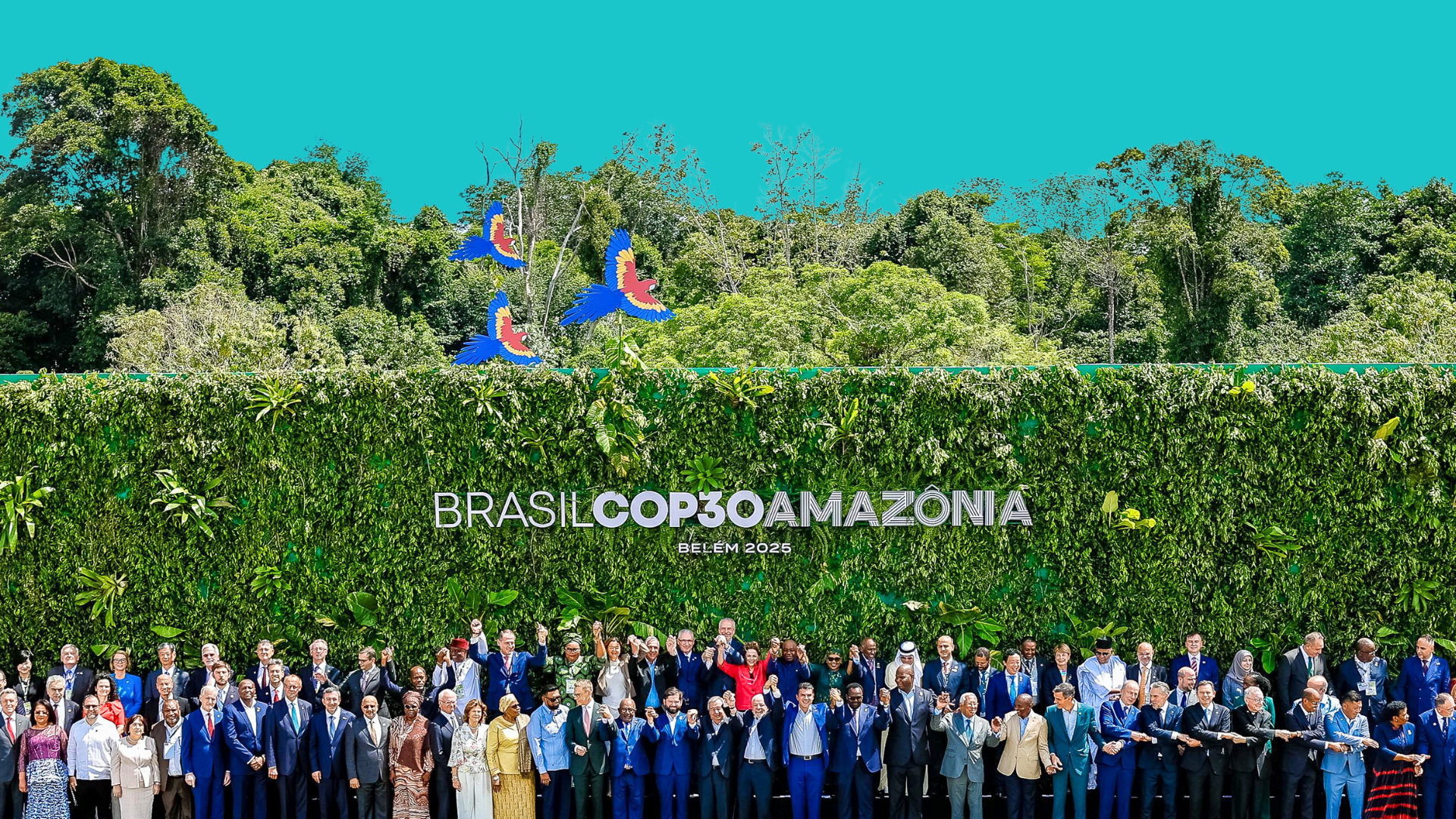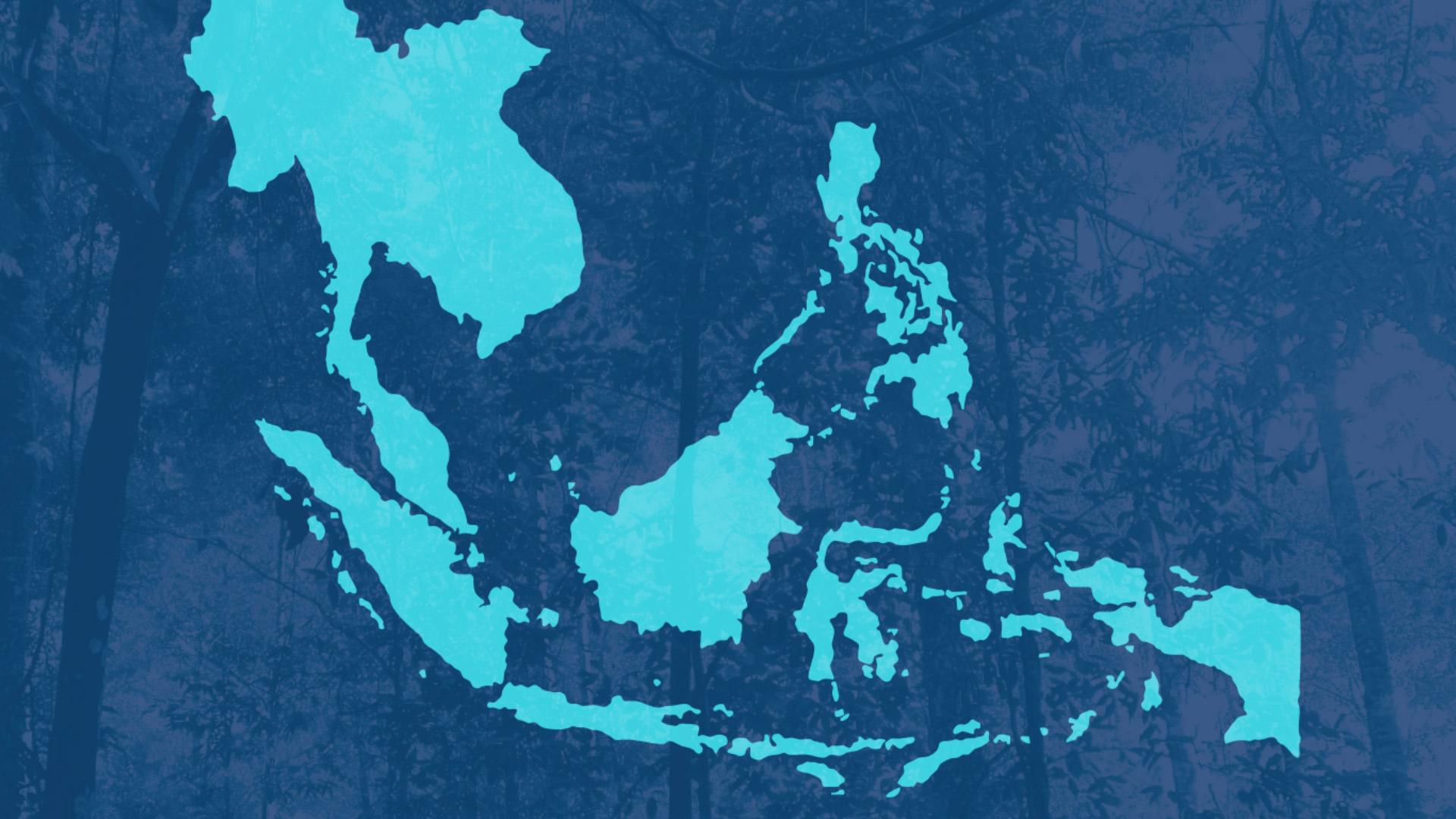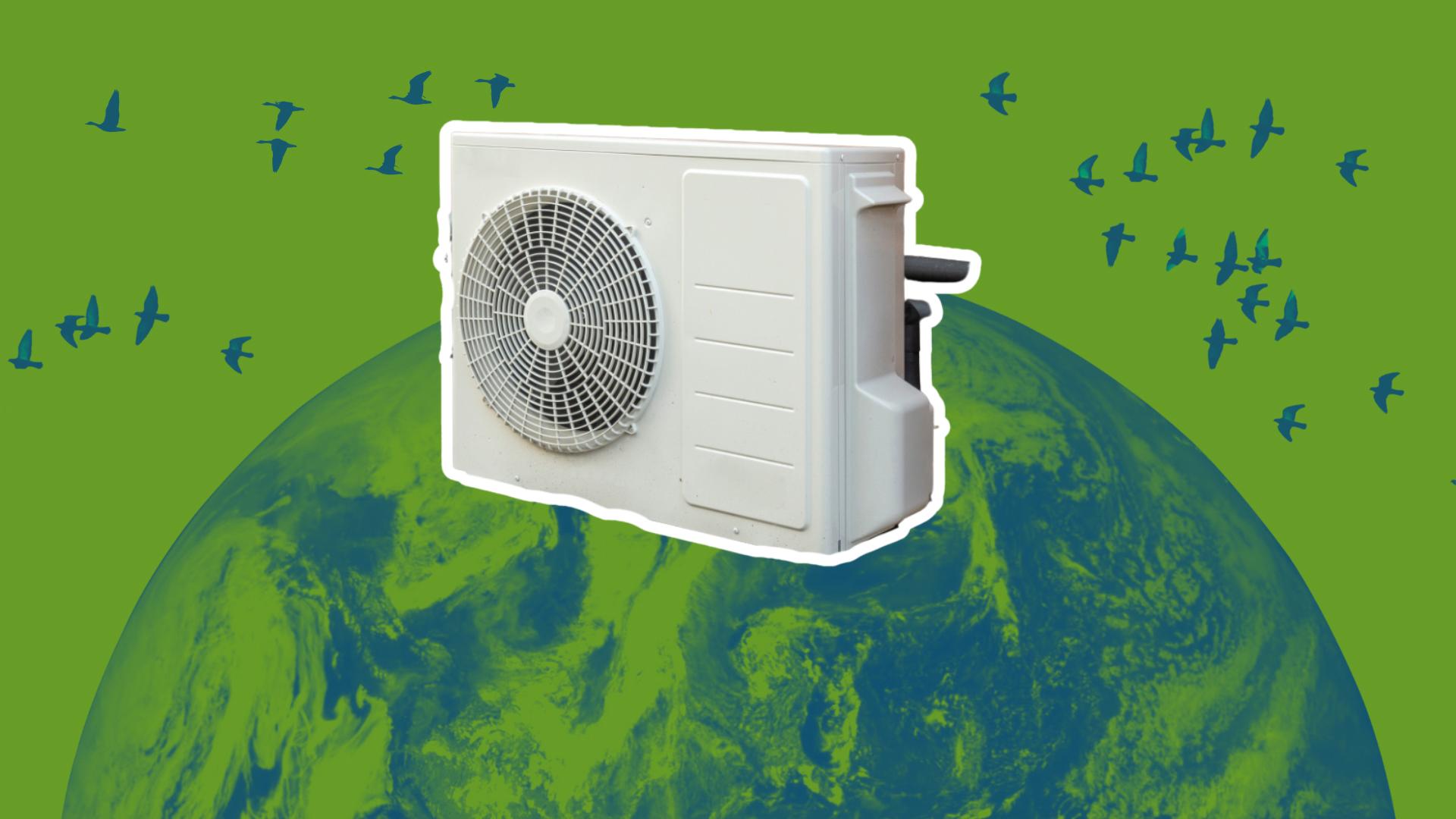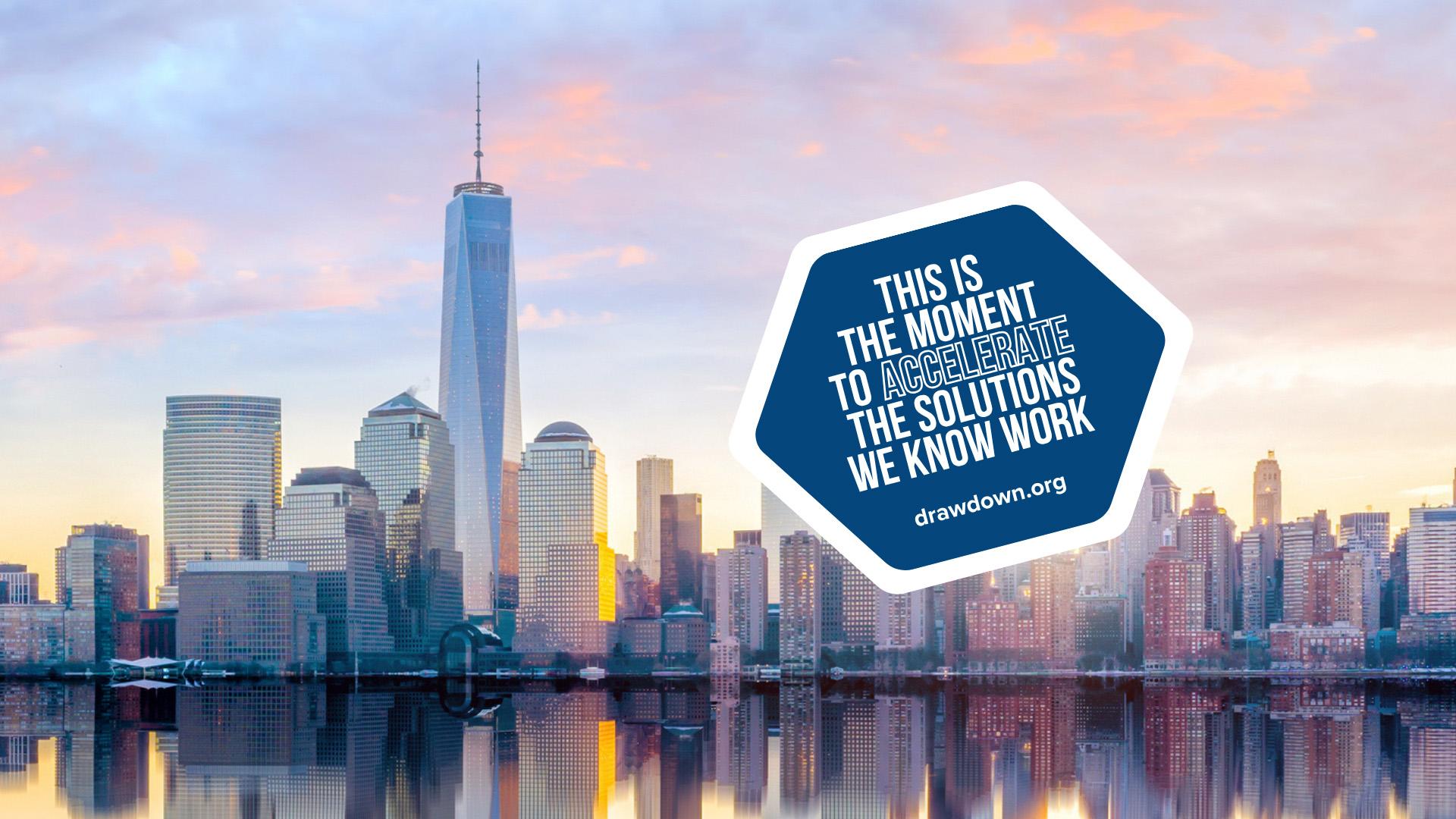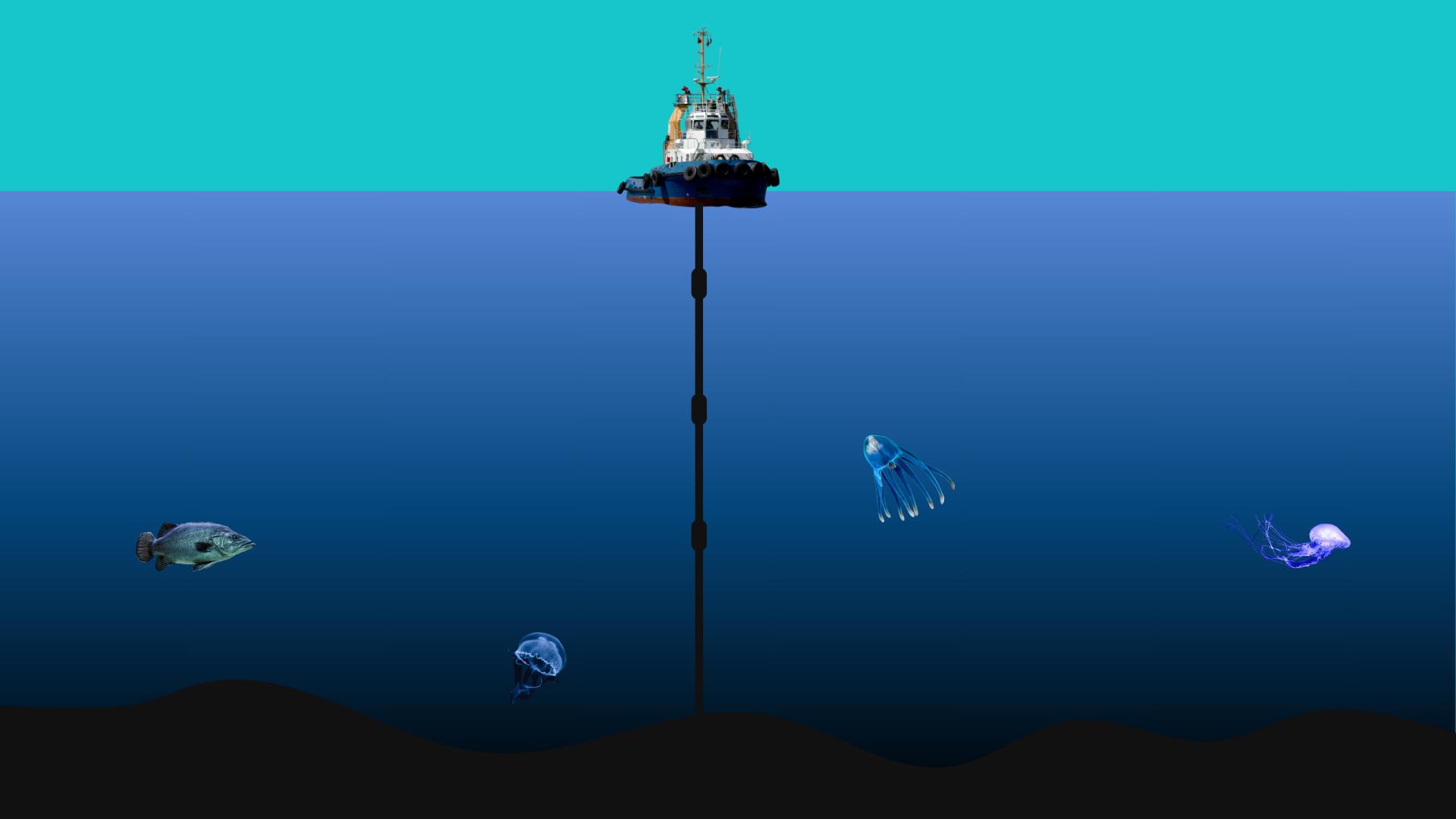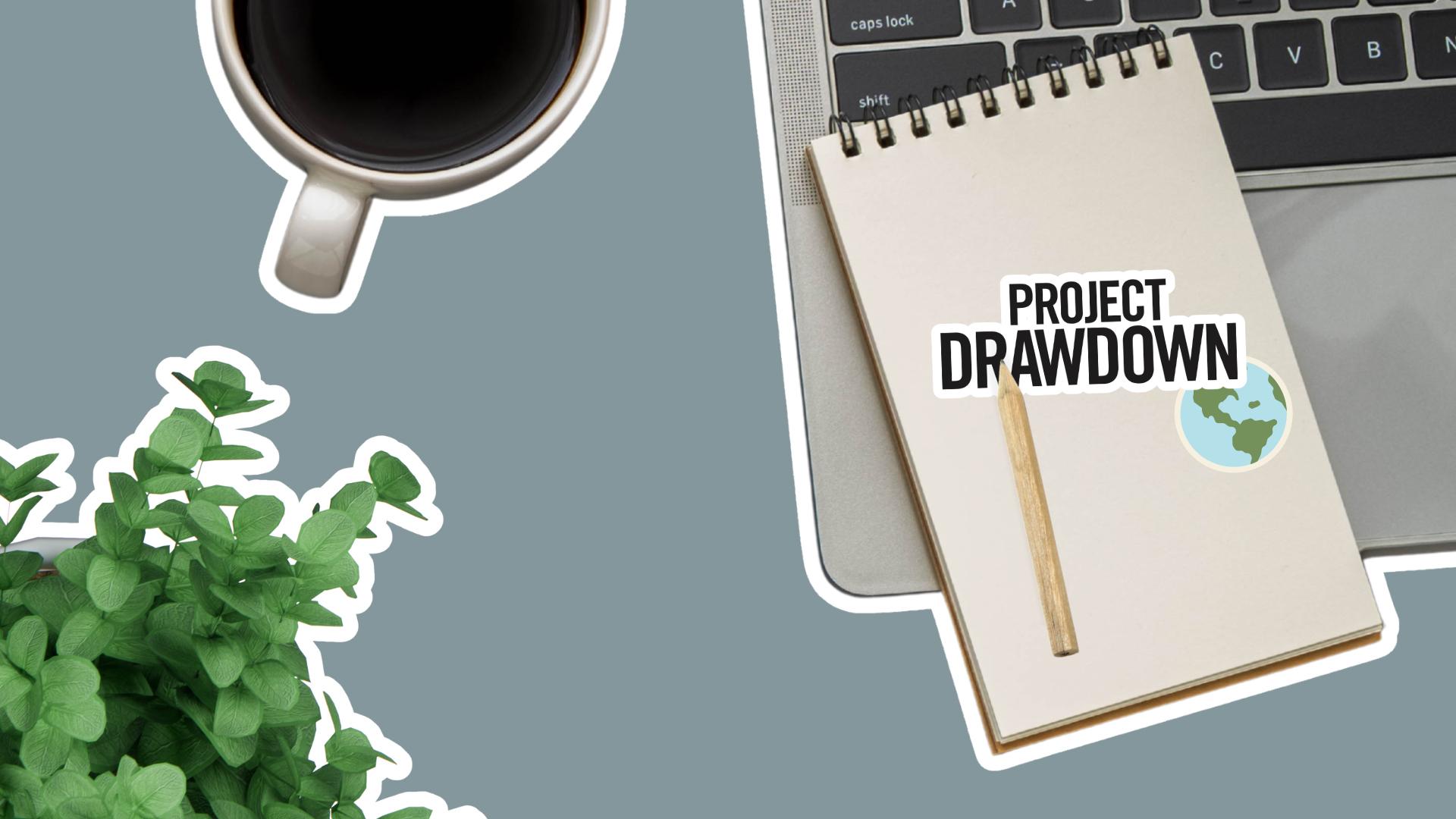Humanity CAN halt climate change before it’s too late – but to do so, we must be strategic about what, where, and how to focus our efforts for the biggest impact.
That’s the take-home message keynote speaker Jonathan Foley, executive director of Project Drawdown, shared at the Nest Climate Campus during Climate Week NYC 2023 in September.
“I think we have a real shot at this, but how do we get there?” Foley asked the standing-room-only crowd of sustainability leaders from business, government, academia, and more.
The first thing, he said, is to “look at what science is telling us about solutions.” Then we need to figure out which solutions are most economical and effective in various locations and prioritize accordingly – with an eye to enhancing human well-being at the same time. Foley pointed to the Drawdown Roadmap, Project Drawdown’s new strategic plan for deploying climate solutions to achieve global goals by 2050, as the guide humanity needs now to effective climate action.
To solve climate change before it’s too late, Foley said, we need to focus mitigation efforts on solutions that are based in sound science, affordable, deployable, geographically appropriate, right-sized, and beneficial to people and other living things. In addition, we need to align how we allocate time, money, and other resources to various solutions with the solutions’ relative impact.

